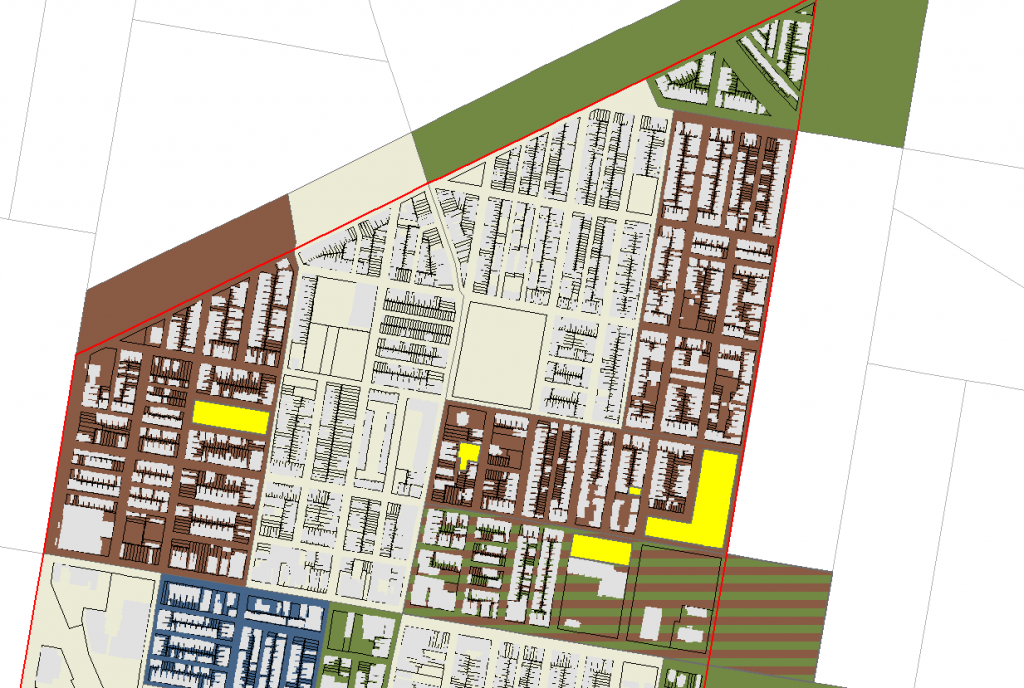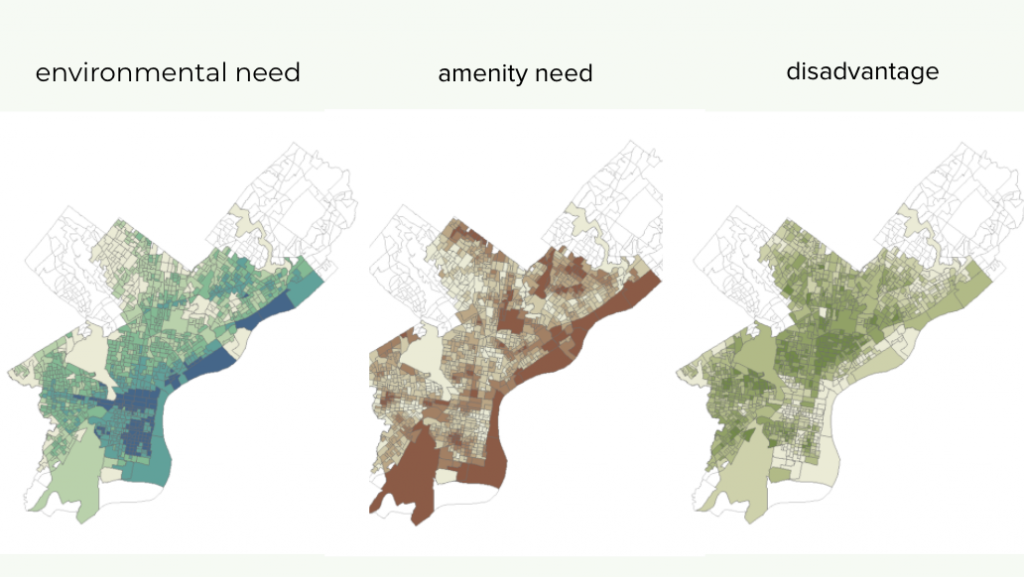Decades upon decades of racial discrimination have shaped the landscape of who has power and resources in Philadelphia. These inequities remain today and stand to be exacerbated as the climate crisis worsens. So what can we do? The Office of Sustainability hosted Struggle Space to Green New Deal: Recognizing Past Racial and Environmental Injustice to Inform Urban Climate Justice Policy to begin finding some answers
Struggle Space.
At the center of the event was the term “struggle space.” Panelist and professor in Temple’s GUS department, Christina Rosan, explained that the term was coined in passing by an African-American cab driver of hers to describe the systemic injustices he and his community faced: “they got us in this struggle space.” The term clicked and Rosan has since used it to describe historic and continued spaces of racialized disinvestment.
What does the struggle space look like in Philadelphia?
Rosan and fellow panelist and colleague, Megan Heckert, shared an equity index they had developed to help map out the struggle space in Philadelphia. The index serves as the compilation of three other indexes on environmental needs, amenity needs, and areas of socio-economic disadvantage, along with information on existing resources in communities, like schools.
This index is a helpful tool to help quantitatively identify degrees of needing reinvestment across Philadelphia, including resources on which type of reinvestment those neighborhoods may need. That being said, any process of community reinvestment must also include authentic conversations with community members, allowing them to name their needs and design the reinvestment themselves wherever possible.
Struggle Space to a Green New Deal.
Rosan, Heckert, and every other panelist stressed the need for climate action to take equity-based approaches. “Climate planning is doomed to fail,” Rosan said, “if it does not address the struggle space.” In other words, before we talk about a Green New Deal, we need to acknowledge the “Raw Deal” that communities of color in Philadelphia have had and still have.
In Philadelphia, this means acknowledging the history of planning as blatantly discriminatory and racist and simultaneously taking bold action to right those wrongs, urgently addressing issues like rapid gentrification and “green gentrification” that hit communities of color hardest.
The history of this city, and indeed this country, are inseparable racial injustice. We cannot change the past. We can, however, acknowledge it, learn from it, and start creating a city that finally works for all of us for today and every day to come.

